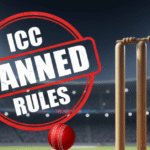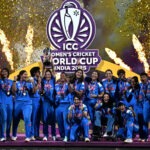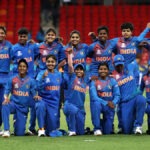Cricket broadcasting isn’t just a method of sharing the game—it’s the heartbeat that connects millions of fans across the globe. From the days of radio crackles to the age of multi-angle ultra-HD streaming, the way cricket reaches fans has gone through an extraordinary evolution.
As a lifelong cricket fan, I’ve witnessed this transformation firsthand—and trust me, it’s been a journey packed with drama, innovation, and a bit of nostalgia.
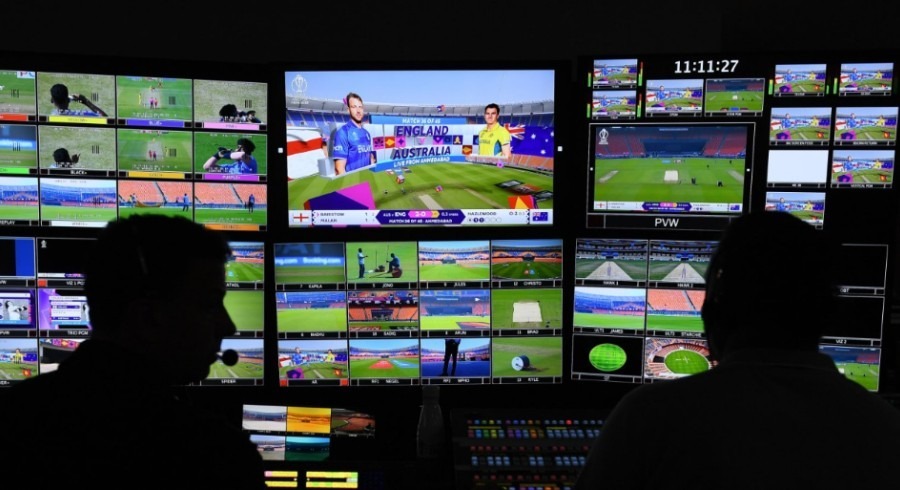
The Humble Beginnings: Radio and Early Television
Cricket broadcasting began with radio commentary. The BBC first broadcasted a cricket match in 1927, and soon, it became the voice of the game in the UK. In India, All India Radio’s ball-by-ball coverage from the 1940s became legendary, with voices like Anant Setalvad and Suresh Saraiya painting vivid pictures with words.
Television entered the game in the 1960s, but with limited coverage and black-and-white visuals. It wasn’t until the 1983 Cricket World Cup win by India that Doordarshan’s telecasts started reaching every household, making live cricket an event in itself.

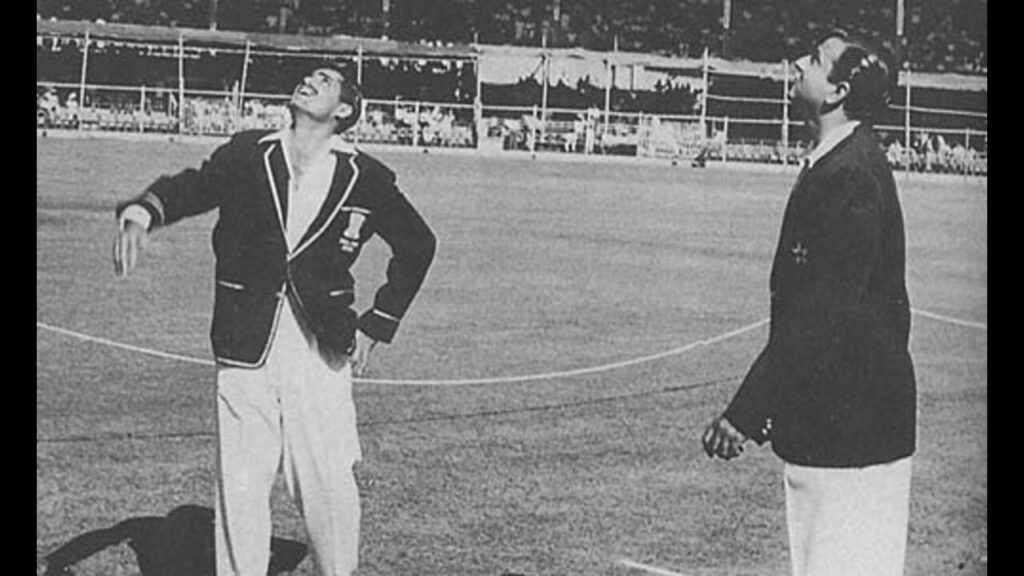
The Satellite Revolution of the 1990s
The 90s were a game-changer. Satellite TV networks like Star Sports, ESPN, Sky Sports, and SuperSport changed the broadcasting game forever. With this came:
Live visuals from multiple angles
Slow-motion replays
Better commentary panels
Pre- and post-match analysis
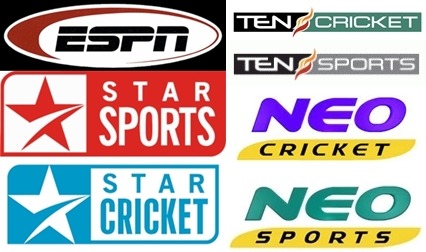
This era also saw the rise of iconic broadcasters like Richie Benaud, Tony Greig, and Harsha Bhogle—voices that became as loved as the players themselves.
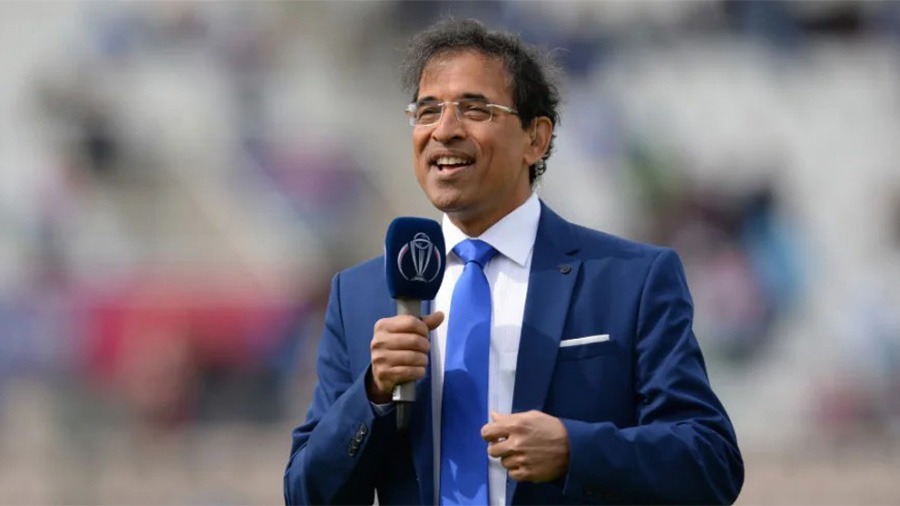
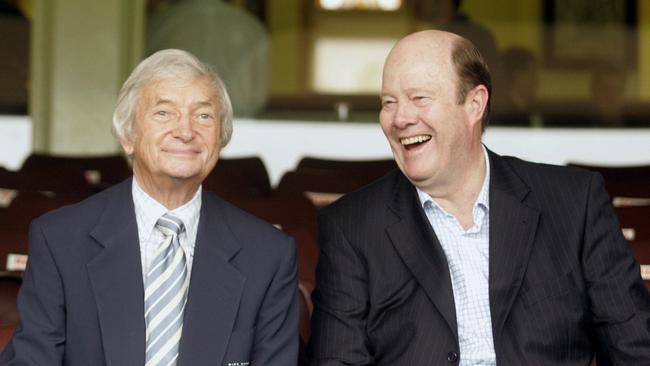
But here’s something not many fans realize: until the late 2000s, broadcasters controlled the production. They decided camera placements, graphics, and even replays. Cricket boards were just content partners. That changed when boards like the BCCI, ECB, and Cricket Australia took over the reins of production. This shift gave them control over the content narrative, branding, and even sponsorship overlays.
Cricket Boards Take Control of Production—Good or Bad?
Starting in the late 2000s, major cricket boards like the BCCI, ECB, and Cricket Australia began producing their own matches, rather than letting broadcasters handle production independently. On one hand, this gave boards full control over branding, sponsorships, and tech innovation. But on the other hand, it raised a critical question among fans and insiders:
Are commentators still serving the audience—or just toeing the board’s line?
A growing number of fans feel commentary has become less authentic and more scripted, especially in board-run productions. Critics argue that many former cricketers now avoid honest opinions, fearing backlash or a loss of future gigs.
One recent example is the Irfan Pathan controversy. In early 2025, Irfan reportedly faced pressure from production authorities aligned with the BCCI after he made a comment questioning a team selection during an India series. While not officially penalized, his mic time noticeably decreased in the next few matches—sparking outrage among fans on social media. Many felt that Pathan was being sidelined for speaking the truth, adding to the perception that commentary teams are being “managed” more than ever.
This incident followed a pattern previously observed with senior voices like Sunil Gavaskar and Ravi Shastri, who have often been accused of avoiding any critique of the Indian team or board decisions. The fear? That production control equals narrative control.
While some boards like Sky Sports (UK) or Fox Cricket (Australia) allow more open critique, others—especially where the board is both producer and gatekeeper—often present only one side of the story.
So is it good or bad? Technically, it’s efficient. Creatively? It risks turning vibrant commentary into corporate PR. And for fans, that’s a tough boundary to accept.
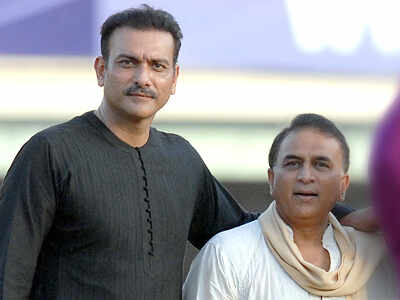
This raises the big question:
Is cricket broadcasting now more about PR than passion?
Not all boards are the same. Some like Sky Sports (UK) and Fox Cricket (Australia) still maintain a healthy balance of critique and celebration. However, in countries where the board has complete media control, transparency and accountability are often called into question.
The Rise of Digital Streaming and OTT
The 2010s introduced a new beast: OTT platforms like Hotstar, Willow TV, Sony LIV, and Kayo Sports. Fans no longer needed to be near a TV. They could stream matches on the go with live stats, ball tracking, and real-time highlights.
During this time, every major cricket board began experimenting with digital-only deals. The ICC, BCCI, and even PCB started live-streaming U19 and women’s matches—something unheard of a decade ago.
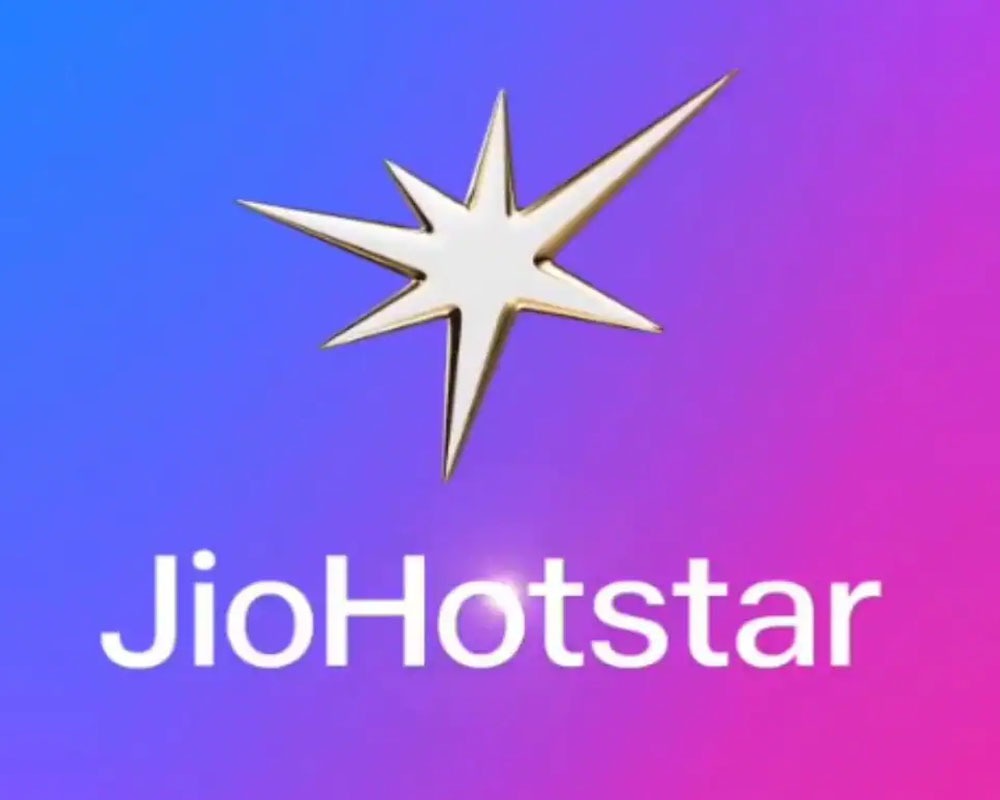
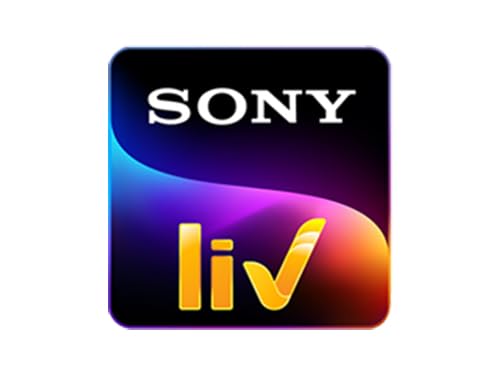

Here’s how cricket broadcasting evolved globally:
India
From Doordarshan to Hotstar and JioCinema, India saw a massive shift. The IPL led the revolution, often producing its own content with multiple languages, real-time stats, and fan cams.
Australia
Cricket Australia moved to in-house production, enhancing quality on Fox Cricket and Channel 7, and launched digital exclusives with Kayo.
England
Sky Sports set the gold standard in cricket production. The ECB embraced digital content with The Hundred, launching YouTube streams and TikTok-style reels.
Pakistan
PTV and Ten Sports were the traditional broadcasters, but recently, PCB signed digital-first deals and now produce matches via Pakistan Television Corporation, giving more control to the board.
South Africa
SuperSport continues to dominate, but Cricket South Africa has begun in-house production for domestic games and social media streaming.
West Indies
With limited resources, the West Indies Cricket Board opted for YouTube and social media streams to cover domestic and women’s matches.
Sri Lanka, Bangladesh & New Zealand
Boards now produce matches independently, distributing to channels like Gazi TV, SLRC, and TVNZ, often with tailored feeds for international partners.
Cricket Broadcasting in 2025: What’s New?
Now in 2025, cricket broadcasting is an immersive, data-driven experience:
4K HDR streaming is the norm
AI-generated stats overlays
Augmented Reality (AR) fan experiences
Multi-language commentary with regional personalization
Drone cams and 360-degree replays
Fan voting on live match decisions
And perhaps the biggest shift: broadcasters now serve more as carriers than producers. The boards produce, broadcasters deliver. That means national cricket boards own more intellectual property than ever.
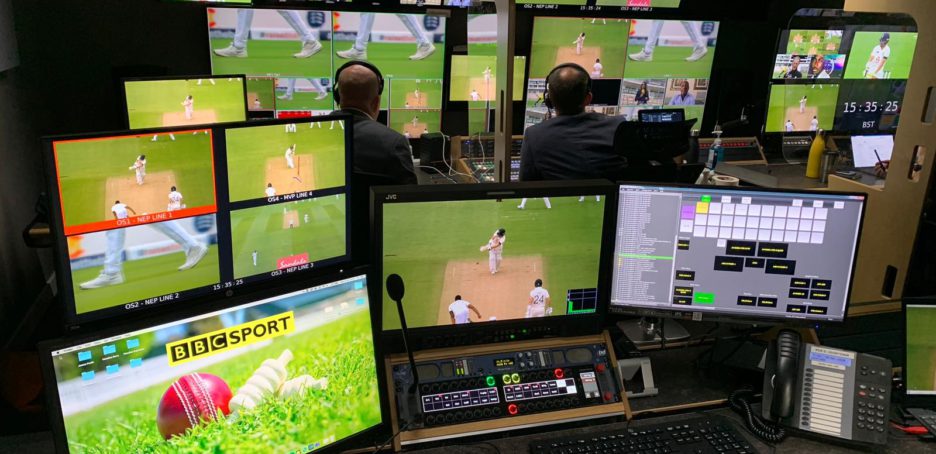
The Future? Fan-Owned Broadcasting Might Be Next
With fans streaming on Twitch, using custom overlays, and offering alternative commentary, community broadcasting may be the next wave. And with the ICC exploring Web3 and metaverse experiences, we’re only scratching the surface.
FAQs About Cricket Broadcasting
Q1. Who broadcasts cricket in India in 2025?
As of 2025, major tournaments like IPL, ICC, and India’s bilateral series are split between Star Sports(Jiostar) & Sony Sports, depending on rights.
Q2. Which is the best cricket broadcasting channel?
Globally, Sky Sports Cricket (UK) and Fox Cricket (Australia) are considered premium broadcasters due to their high production standards.
Q3. Do cricket boards produce their own matches now?
Yes! Most top boards (BCCI, ECB, CA) handle in-house production, giving them greater creative and commercial control.
Q4. Can I stream cricket matches for free?
Many boards stream domestic and women’s matches for free on YouTube or their own platforms, especially in the West Indies, Pakistan, and Sri Lanka.
Q5. How has cricket broadcasting changed over time?
From radio commentary to interactive 4K OTT streams, it has evolved drastically—both technologically and commercially—with fans now at the heart of every broadcast decision.
